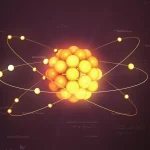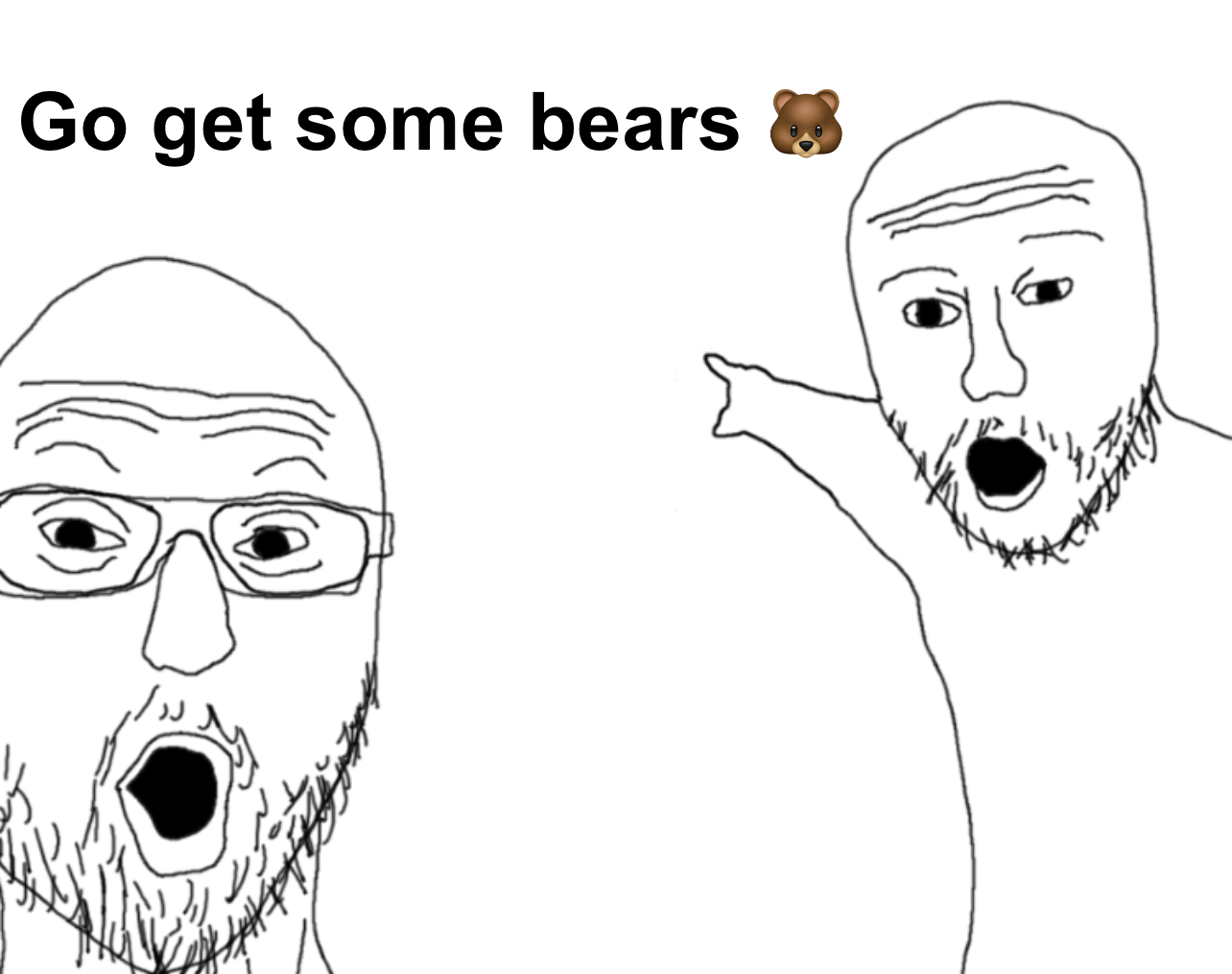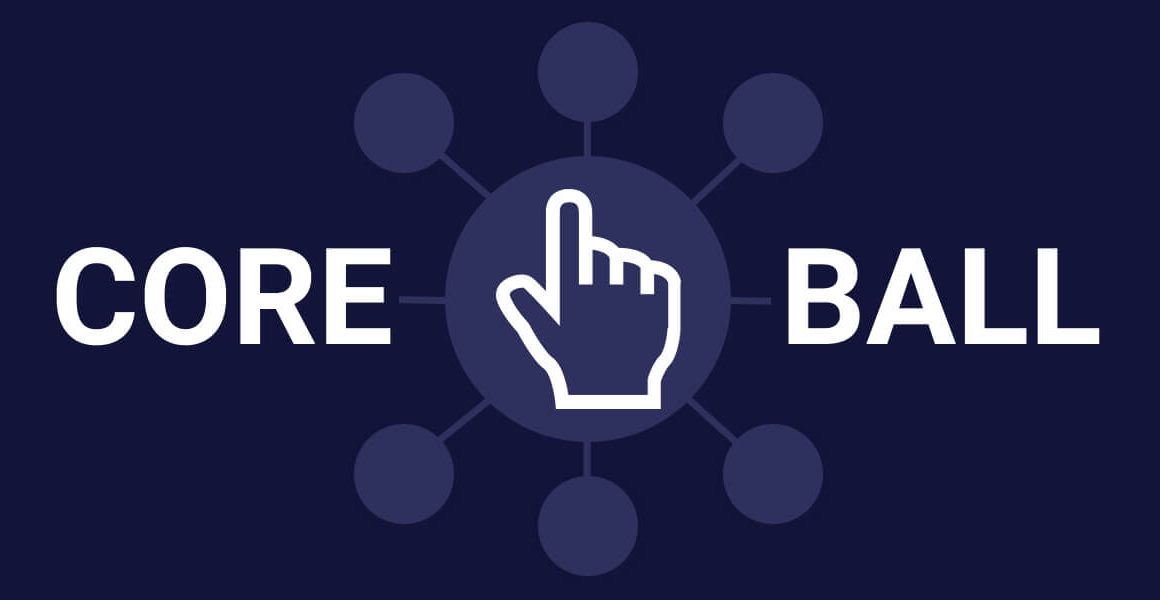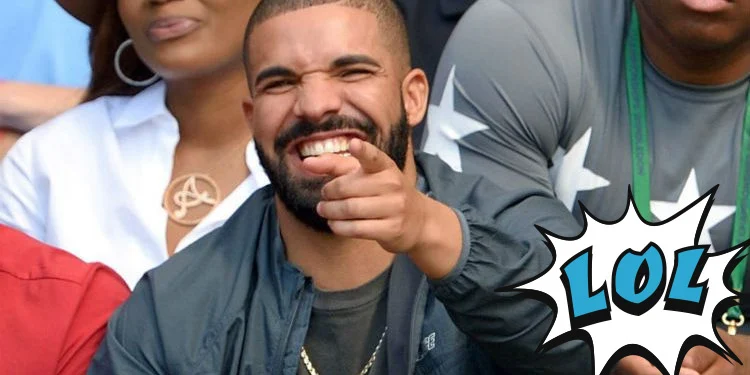Not all internet legends begin with a viral video or a trending hashtag. Some start with a poorly drawn character pointing at something—just like the wojak pointing meme. It sounds simple, almost silly, but this single image has become a powerful tool for humor, criticism, and storytelling across online communities.
We’re going to dive deep into how a finger-pointing Wojak evolved from a basic meme into a social mirror, reflecting emotions, biases, and pop culture in one unforgettable frame.
The Origins of Wojak and the Rise of Pointing Wojak
To understand wojak pointing, we first have to know who Wojak is. Wojak (also known as “Feels Guy”) is a crudely drawn cartoon character used to express emotions like sadness, frustration, and irony. He first appeared on internet forums in the early 2010s and quickly became a favorite among meme creators for his simple, expressive face.
The pointing Wojak specifically came into play later. It usually features one or more Wojaks pointing at something—an object, a scene, or another character. The format invites the viewer to “look here” or “pay attention,” often in a sarcastic or accusatory tone. It adds layers to the message, often blending humor with criticism or irony.
Why the ‘Wojak Pointing’ Meme Feels So Relatable
There’s something oddly human about the wojak pointing meme. It mimics a real-life gesture—pointing—as a way to direct focus. But online, it takes on different meanings.
Imagine this: you see a meme with two Wojaks pointing at a chaotic crowd, and above them, it says “This is society.” Suddenly, it’s more than just two stick figures. It’s commentary. It’s frustration. It’s a joke that stings because it’s true.
This meme works because it captures what many people feel: the need to highlight absurdity or hypocrisy around them. It says, “Look! Do you see this nonsense too?” in the most internet-savvy way possible.
Wojak Pointing in Pop Culture and Online Trends
The rise of wojak pointing mirrors how quickly meme culture moves. From being shared in private Discord chats and niche Reddit threads, it eventually made its way to mainstream platforms like Instagram, Twitter, and TikTok.
It’s often used in political memes, fan culture posts, and even brand marketing. Yes, even brands started jumping on the Wojak train—using pointing Wojaks to make jokes about competition, trends, or customer behavior. It’s proof that this meme isn’t just for laughs anymore; it’s a language.
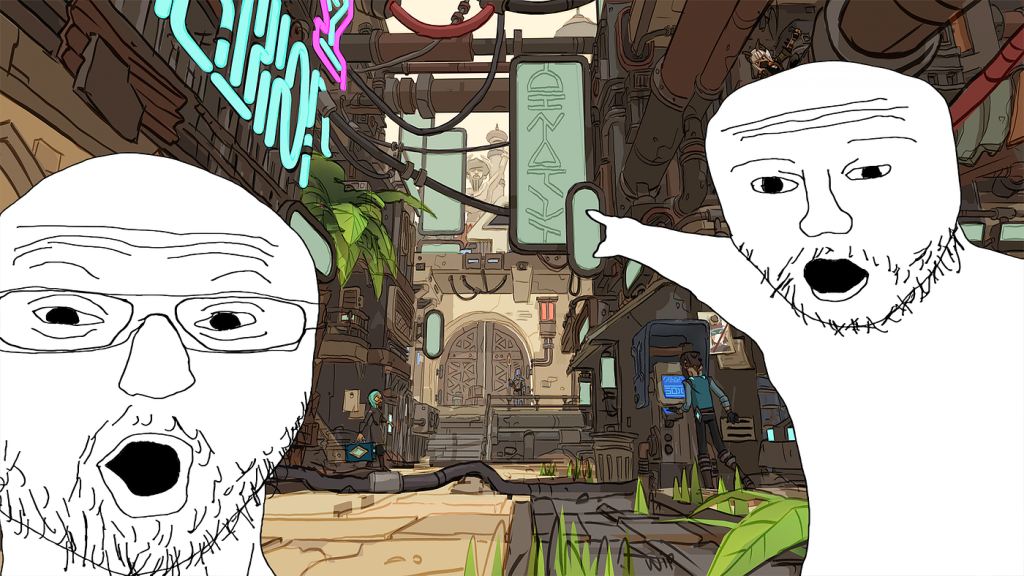
Variations of the Meme That Changed Its Course
Like any great meme, wojak pointing has evolved.
Some versions show a happy Wojak pointing at a piece of cake, celebrating something small and personal. Others are more satirical—featuring a smug Wojak pointing at a news headline to expose hypocrisy or exaggeration.
There are even crossover memes where pointing Wojak meets other internet characters, like the Chad, the Doomer, or NPC Wojak. These mashups create meme universes where each character plays a role in telling a digital story.
How Wojak Pointing Became a Tool for Digital Commentary
Memes have always been more than entertainment—they’re tools for expression. And wojak pointing is especially good at that.
In one meme, a character points at a burning house and smiles. The caption reads: “This is fine.” In another, two Wojaks point at each other while the world burns in the background. These visuals don’t just entertain—they say something.
People use wojak pointing to mock consumerism, expose contradictions, or reflect personal struggles in a comedic tone. It’s satire for the digital age, where image and message combine in one scroll-stopping frame.
The Lasting Impact and What It Tells Us About Internet Humor
The lasting appeal of wojak pointing lies in its adaptability. Whether it’s used to express joy, sarcasm, critique, or celebration, it always manages to strike a chord.
What’s more interesting is what this meme tells us about the internet and ourselves. We live in an age of over-information, where everyone has an opinion and everything feels urgent. The pointing Wojak distills that chaos into one, simple gesture—pointing—and asks us to pay attention, to laugh, or maybe even to think.
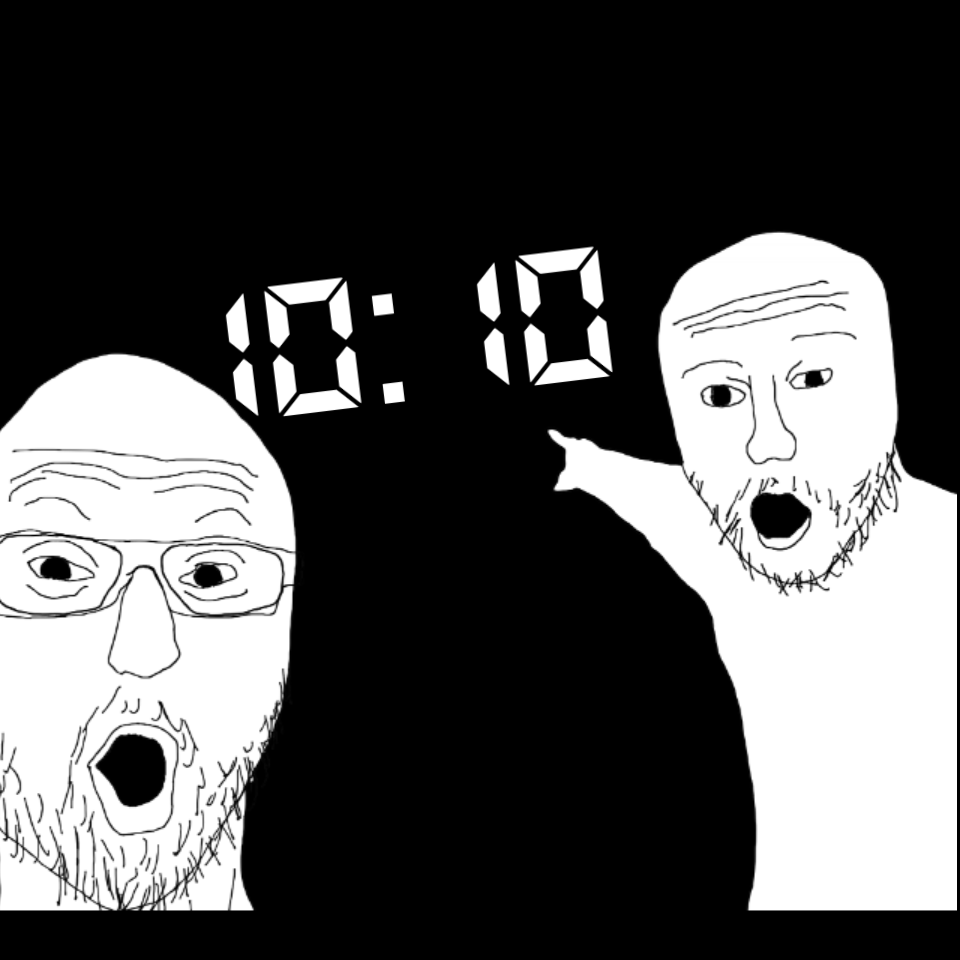
Visit our website for more updates and stories
Conclusion: From a Hand Gesture to a Cultural Symbol
What started as a doodle of a sad guy pointing has become a symbol of our internet lives. The wojak pointing meme is funny, sure. But it’s also a way we deal with the absurdity of modern culture. It’s a visual sigh, a knowing laugh, a finger pointed at the heart of irony.
In a world filled with endless content, this meme teaches us that sometimes, less is more—and that even a simple cartoon can say everything we need to hear.



